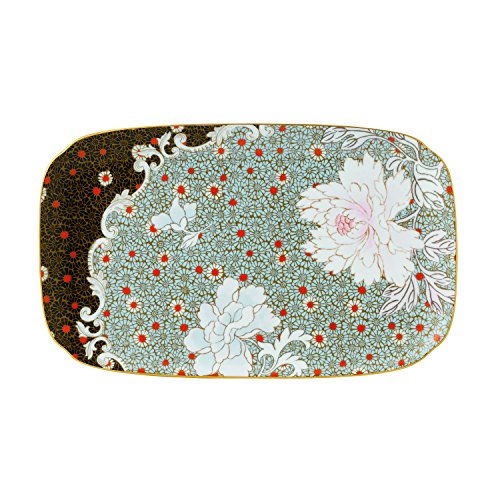Understanding the Basics of Sand Tray Therapy

Sand tray therapy, also known as sand play therapy, is a unique and creative form of therapy that has gained popularity in recent years. It involves the use of a sand tray, miniature toys, and other objects to help individuals express their thoughts, feelings, and experiences. By engaging in this therapeutic process, individuals can gain deeper insights into their inner world and work through various issues.
The Sand Tray: A Window into the Subconscious

The sand tray itself is a significant tool in sand tray therapy. It is typically a large, shallow box filled with sand, which allows individuals to create scenes and narratives. The sand serves as a metaphor for the subconscious mind, providing a safe and non-threatening environment for expression. The therapist observes the choices made by the individual, such as the placement of objects and the creation of scenes, to gain insights into their inner world.
Benefits of Sand Tray Therapy

Sand tray therapy offers several benefits for individuals seeking therapy. Some of these benefits include:
| Benefits | Description |
|---|---|
| Non-verbal Expression | Individuals who struggle with verbal expression can benefit from the non-verbal nature of sand tray therapy. |
| Emotional Release | Sand tray therapy provides a safe space for individuals to express and release their emotions. |
| Enhanced Self-awareness | By engaging in the creative process, individuals can gain deeper insights into their thoughts and feelings. |
| Improved Communication | Sand tray therapy can help individuals develop better communication skills and express themselves more effectively. |
Types of Sand Tray Therapy
Sand tray therapy can be categorized into different types, each with its own unique approach and focus. Some of the most common types include:
- Child-Centered Sand Tray Therapy: This type of therapy is specifically designed for children and focuses on their developmental needs and emotional experiences.
- Adult-Centered Sand Tray Therapy: This type of therapy is tailored for adults and addresses their specific concerns and issues.
- Family-Centered Sand Tray Therapy: This type of therapy involves the entire family and aims to improve communication and resolve conflicts within the family unit.
How Sand Tray Therapy Works
The process of sand tray therapy typically involves the following steps:
- Therapist Introduction: The therapist explains the process of sand tray therapy and the purpose of the sand tray.
- Setting Up the Sand Tray: The individual is given the opportunity to set up the sand tray, which may include choosing objects and arranging them in a particular order.
- Creating Scenes: The individual creates scenes using the objects and sand, while the therapist observes and asks questions to gain insights.
- Reflection and Discussion: The therapist and individual discuss the scenes created, exploring the meanings and emotions behind them.
Applications of Sand Tray Therapy
Sand tray therapy can be applied in various settings and for a wide range of issues. Some common applications include:
- Psychological Disorders: Sand tray therapy can be used to treat various psychological disorders, such as anxiety, depression, and trauma.
- This therapy can help individuals struggling with addiction to explore and address the underlying issues contributing to their addiction.
- Sand tray therapy can be used to improve communication and resolve conflicts in relationships.
Conclusion
Sand tray therapy is a powerful and effective therapeutic tool that offers numerous benefits for individuals seeking to explore their inner world and work through various issues. By providing a safe and creative space for expression, sand tray therapy can help individuals gain deeper insights into themselves and their experiences. Whether used in individual, family, or group settings, sand tray therapy is a valuable resource for those seeking to heal and grow.
